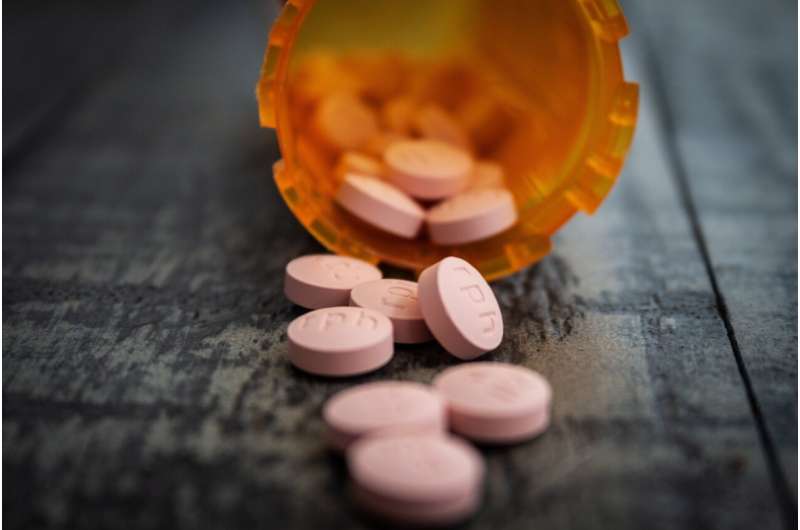What Scientific Research Tells Us About Antidepressant Use in Children and Teens

Explore the latest scientific insights on the safety and effectiveness of antidepressants for children and teens, including treatment options, risks, and the importance of comprehensive care.
Recent studies highlight the complex landscape of treating depression and anxiety in young people, revealing that depression among adolescents is on the rise. Data from the CDC in 2023 show that 40% of high school students experience prolonged feelings of sadness or hopelessness, with significant increases compared to a decade earlier. Particularly concerning is the rise in suicidal ideation, with 20% of teens seriously contemplating suicide.
The demographics most affected include girls and LGBTQ+ youth, with over half of girls and nearly two-thirds of LGBTQ+ adolescents reporting feelings of despair. Prescription rates for antidepressants among 12- to 25-year-olds reached approximately 4.5% in 2022, with those numbers climbing sharply during the COVID-19 pandemic, especially among young women.
While antidepressants, particularly selective serotonin reuptake inhibitors (SSRIs), are effective for many adolescents with major depressive disorder, generalized anxiety disorder, and obsessive-compulsive disorder, their use must be carefully monitored by healthcare professionals. Common side effects mirror those seen in adults and include weight gain, gastrointestinal issues, decreased libido, and insomnia.
Deciding when to start medication involves careful diagnosis. Experts emphasize that antidepressants should be prescribed only when a qualified clinician confirms a significant mental health condition. For mild depression, evidence-based therapies like cognitive behavioral therapy (CBT) are often recommended as the first line of treatment. When symptoms are moderate to severe, combination therapy with medication and therapy can be most effective.
Identifying when a teen needs help involves observing changes in functioning across family relationships, school performance, and social interactions. Persistent disruptions in these areas may signal underlying mental health issues, warranting professional assessment.
The FDA issued a black box warning in 2004 about the increased risk of suicidal thoughts and behaviors associated with antidepressant use in teens. This warning led to a significant decrease in prescriptions but coincided with a rise in youth suicide rates, raising ongoing concerns about balancing risks and benefits.
Therapies such as CBT are shown to be effective, especially when combined with medication, but the quality of therapy varies widely, and access to qualified providers remains challenging. Parental involvement and education are crucial components of successful treatment.
Ultimately, treatment decisions should be personalized, with mental health professionals guiding families through safe and effective options. While medications are a valuable tool, they are most beneficial when integrated into a comprehensive treatment plan that includes therapy and family support.
Stay Updated with Mia's Feed
Get the latest health & wellness insights delivered straight to your inbox.
Related Articles
Understanding the Causes of Perinatal Depression in Mothers
This article explores the factors that contribute to perinatal depression in mothers, highlighting the role of sensory sensitivity and partner support in emotional well-being during pregnancy and postpartum.
AI Chatbot Shows Promise for Relationship Support: Similar Effectiveness to Journaling
A groundbreaking study reveals that a GPT-4o-powered AI chatbot can provide relationship support as effectively as journaling, opening new possibilities for accessible mental health assistance.
Study in Tree Shrews Uncovers Brain Circuit Connecting Nighttime Light Exposure and Depression
Research on tree shrews reveals a specific brain pathway linking nighttime light exposure to depression, highlighting potential impacts of light pollution on mental health.



